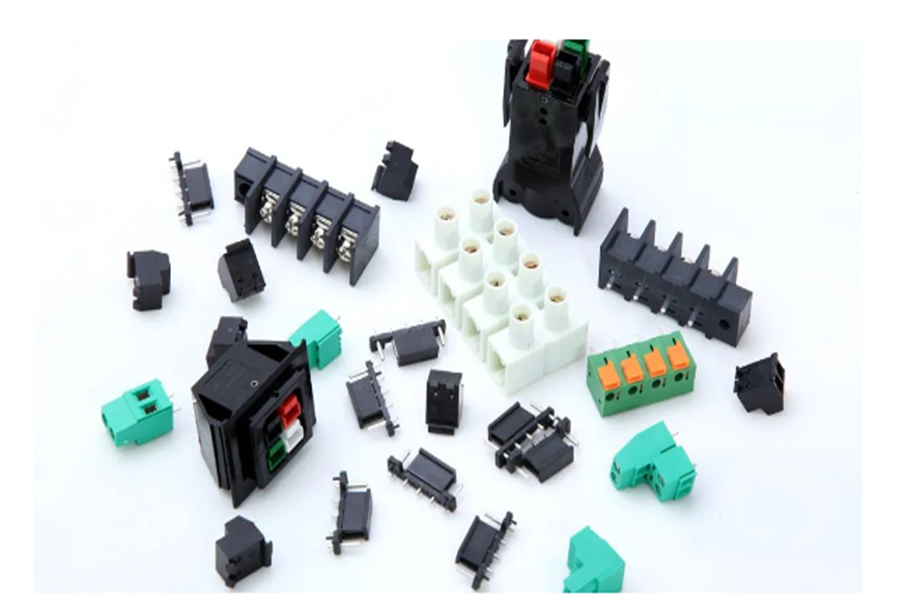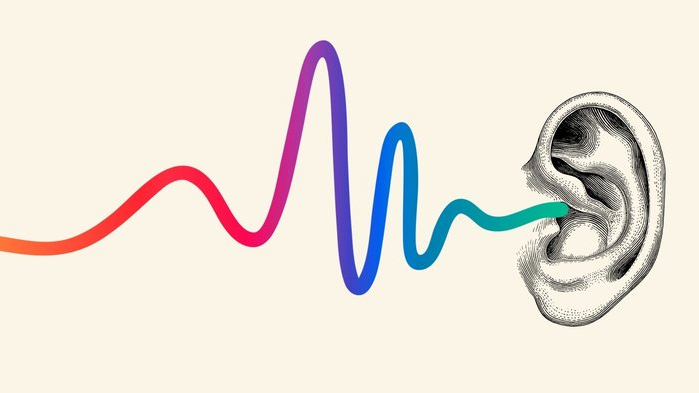This article is from Duan Jirong Listening Health Guide
Today’s high technology has led many to believe that an evaluation device that meets almost all audio evaluation needs should be invented. However, in the process of developing continuous efforts to develop this most powerful evaluation tool, it is easy to miss some evaluation procedures that are proved to be simple and practical. The Ling Lin Six-tone test is one of them.
First, the origin of Lin’s six-tone
The concept of the six-sound test proposed by Daniel Ling is based on the selection of common speech to represent the speech spectrum between 250-8000 Hz. This spectral range is the same as that tested by traditional audiometry, except that Ling uses separate phonemes to represent low, medium, and high frequency sounds. The phonemes selected by Ling Lin’s six-tone include /m/, /u/, /a/, /i/, /sh/, and /s/. There are many specific methods to evaluate the auditory function. Before understanding the specific method, it is necessary to A brief review of auditory skills.
The 4 level of sound related in the auditory skills: perception, discrimination, confirmation, and understanding.
1 is the most basic auditory skill. It is judged whether the sound exists or does not exist. The simplest way to describe the sound is the single-tone test, which allows the subject to react when they hear the sound. The form of the response can be varied. – The reaction of the infant may be to turn the head to the direction of the sound. The reaction of the preschool child may be a game behavior (for example, when the sound is heard, a wooden block is thrown into the bucket), and the adult is likely to hear the sound. Raise your hand or answer “yes”;
2, discrimination is the ability to distinguish whether two sounds are the same. The test goal is to examine the smallest difference between the two sounds that the listener can hear. To distinguish the two sounds, the listener must first be able to detect them. It is higher than the perceived level;
3, the ability to confirm refers to the ability to indicate or indicate the sound heard, which requires the listener to perceive, discern and uniquely identify (repeated) it, which is more advanced than the ability to detect and discern;
4, understanding is the most complex auditory skill, because it requires the listener to perceive, discern, confirm and understand the meaning of sound or speech. Understanding is the most advanced of the 4 levels, which links auditory perception and verbal cognition. Ling Lin’s Six Tone can effectively test, identify, and confirm skills, but it does not test comprehension skills.
Second, the advantages of Lin’s six-tone
It has many advantages, one of which is that it can be used by anyone, including audiologists, speech pathologists, teachers, fitters and parents. Ling Lin’s six-tone can truly reflect the actual situation of speech and hearing. It can be used with hearing aids, cochlear implants or no sound amplification. As a high-tech test method, it can quickly and accurately assess the basic communication skills of adults and children.

Third, Lin’s six-tone application
The Lin’s six-tone covers the low-frequency to high-frequency frequencies in the speech spectrum, which are /m/, /u/, /a/, /i/, /sh/, and /s/, respectively. Lin’s Six Tone helps test children’s hearing and check if they can hear all the spectrum necessary to learn a language. The audiologist can prepare some Lin’s six-tone cards, and each tone is sent during training to see if the child hears. The “little child” may raise his head when he hears the sound. The older child can be put down by the church to show the sound. In the end, children can learn to imitate your movements.
One thing to keep in mind is to make sure that children don’t see you when you make a sound – this method ensures that the child hears your voice, not lip reading. During this test, the tester is sitting next to the child or behind the child.
Now you can start testing right away. In addition, try to change the distance to children when testing, such as 0.5 meters, 1 meters, 2 meters and 3 meters.
If any of the following occurs, please consult your child’s audiologist immediately:
• Children are no longer responsive to previously heard sounds;
• Children’s pronunciation of a voice is different from before;
• Children are no longer responsive to sounds that can be heard at different distances before.
Although it may take a lot of time and effort for children to learn to make these sounds, parents must insist that children be encouraged to imitate these sounds.

The ability to discriminate can also be assessed using the Ling Lin Six Tone test. The tester can listen to the two test sounds to the hearing loss and then let them discern whether the two sounds are the same. When the subject’s auditory skills are still in the early stages, two very different sounds should be used, such as /a/ and /s/; if the subject already has certain discriminating skills, two can be used. Compare similar sounds, such as /sh/ and /s/. In addition, if the patient wears a hearing aid that turns on the frequency shift, these two sounds can be used to test the patient’s effect on the high frequency to achieve an audible and discernible effect.
The Ling Lin Six-tone test has another use, related to the signal-to-noise ratio. The Ling Lin Six-tone test uses a normal volume of conversational sound, a suitable listening distance, approximately 1 to 1.5 meters, and then, maintaining the intensity of the sound, gradually increasing the distance between the speaker and the listener. The main sound signal will gradually weaken compared to the background noise level, which helps to enhance the long-distance hearing skills.
The Ling Lin Six-tone test can also be used for early diagnosis of certain middle ear diseases. For example, an 4-year-old boy has moderate to severe sensorineural hearing loss and wears a hearing aid for about 2 years. At the beginning of the speech ability training, the audiologist checked his hearing aid and quickly performed a functional hearing skill test with Ling Lin’s six-tone. The result is that the boy can repeat all 6 sounds in the first test confirmation. One day the teacher found that he could not repeat some of the sounds and immediately realized what was wrong. After confirming that his hearing aid was still working normally, the teacher suggested that the parents take him to the hospital for further examination. Sure enough, the otolaryngologist found him. The middle ear was infected. Similar observation methods can be used for fault determination and problem solving in new ear molds, new hearing aids, reprogrammed hearing aids, waste batteries, and cochlear implants.
to sum up
Many clinicians are familiar with the Ling Lin Six-tone test. The technology involved in the Ling Lin Six-tone test is very simple, easy to learn, and has a wide range of clinical uses. But such tests are often used only for simple testing purposes. In fact, Ling Lin’s six-tone can not only provide fast and convenient auditory ability verification, but also realize the continuity and preparatory work of additional auditory skills development training, provide reference for setting auditory training goals, and can also be used for hearing, hearing loss and auditory amplification. Problems in the system provide timely warning signals.
Link:[Hearing Health • Assessment] The Magical Use of Lin's Six Tone
REF: Hearing aids China, Bluetooth Hearing Aids, Digital Hearing AidsThe article comes from the Internet. If there is any infringement, please contact service@jhhearingaids.com to delete it.

![[Hearing Health • Assessment] The Magical Use of Lin’s Six Tone](https://www.hearingaidssupplier.com/wp-content/uploads/2019/10/92b207dba2d37962009794ac6c7695bb.png)
![[Hearing Health • Assessment] The Magical Use of Lin’s Six Tone](https://www.hearingaidssupplier.com/wp-content/uploads/2019/10/8f3832431907a143a3b4e2aa911698a3.jpg)



